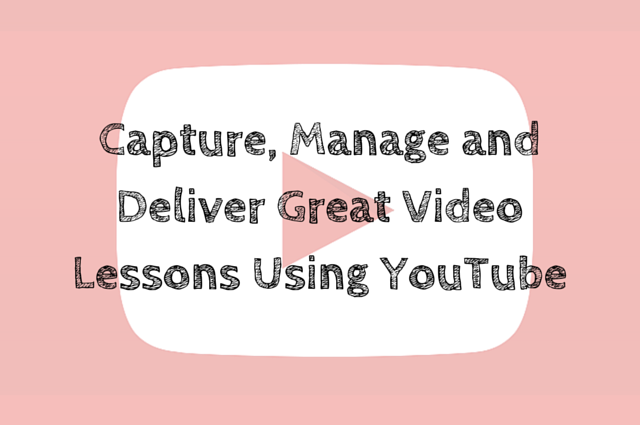
Why Should Teachers Use Videos In The Classroom?
In our experience of hosting Google for Education summits throughout international schools around the world, we still find a few educators who are not aware of the educational benefits of using YouTube or videos in general.
Videos prove to be great tools in the classroom, especially to help introduce new topics and concepts in a more visual and engaging manner. Through videos, we are able to illustrate complex, abstract concepts down to the smallest details through 2D or 3D animation, breaking down complexity or demonstrate lab experiments that can’t be done within the confines of a classroom.
YouTube for Education is an excellent resource providing teachers access to a broad collection of educational videos from academic lectures to inspirational speeches and everything in between. Teachers can also create their own videos or have their own YouTube channel to house videos for both class discussion and announcements.
One great example of using YouTube for education is this channel from AppsEvents team member Ben Rouse – a Google Certified Teacher and Google Education Trainer from the UK – where he features Mathematics instructional videos. The videos are made with Mr. Rouse’s students in mind but they have proved very useful for a number of people outside of the classroom too.
Aside from supplementing lessons, there are far more reasons and benefits as to why teachers should use videos in the classroom.
For second language students having difficulty keeping up with discussions, videos can be used to replay lectures at their own pace. When a student need to absent from class due to an illness, catching up will be a lot more easier with video lectures. How about meeting new people from all around the world to hear about different cultures through live video conferencing? This not only makes class more fun and engaging, but also a great opportunity for them to gain new friends and new perspective.
Current Landscape Of YouTube
There are just so many amazing things you can do with videos and with Google’s very own video hosting service freely available for all with no usage caps, there is no stopping schools in integrating videos in their curriculum. YouTube is very simple to use, compatible with almost any device and a great number of students are already using it.
Why YouTube Falls short in Schools
While YouTube is indeed a great service, there are certain aspects of education that it falls short. The website is cluttered with irrelevant ads and unrelated video recommendations that only distracts students not to mention spam and flame wars abundant in the comments section.
There is no centralized portal to collect, organize, search, and discover teaching videos only. Searching for a topic in YouTube yields results of all videos, not just your own content. These mixed results can distract students.
YouTube does not provide a seamless way to get the videos in a learning platform/course for students and currently, there is no Chrome App that can capture and publish seamlessly to the LMS.
Here’s a Solution Schools Might Consider
The Learning Engine is integrated with easy to use tools to create a new screencast or webcam video recording, upload existing videos, and smoothly curate existing open content from YouTube creative commons such as TedX, National Geographic, etc. Adding videos to your LMS course and sharing them with students has never been this simple.
With smart search implemented across the entire video gallery and additional video metadata, students can perform deep media searches from the entire course library and individual video chapters, files, or closed captions to quickly find important parts of the video.
These are just some of the amazing features of Cattura Learning Engine. If you want to learn more about what else you can get from this particular service, check out this webinar recording or visit this link. It’s good to know that Cattura also offer schools a 30-day free trial so you’ll have plenty of time to test the features.
